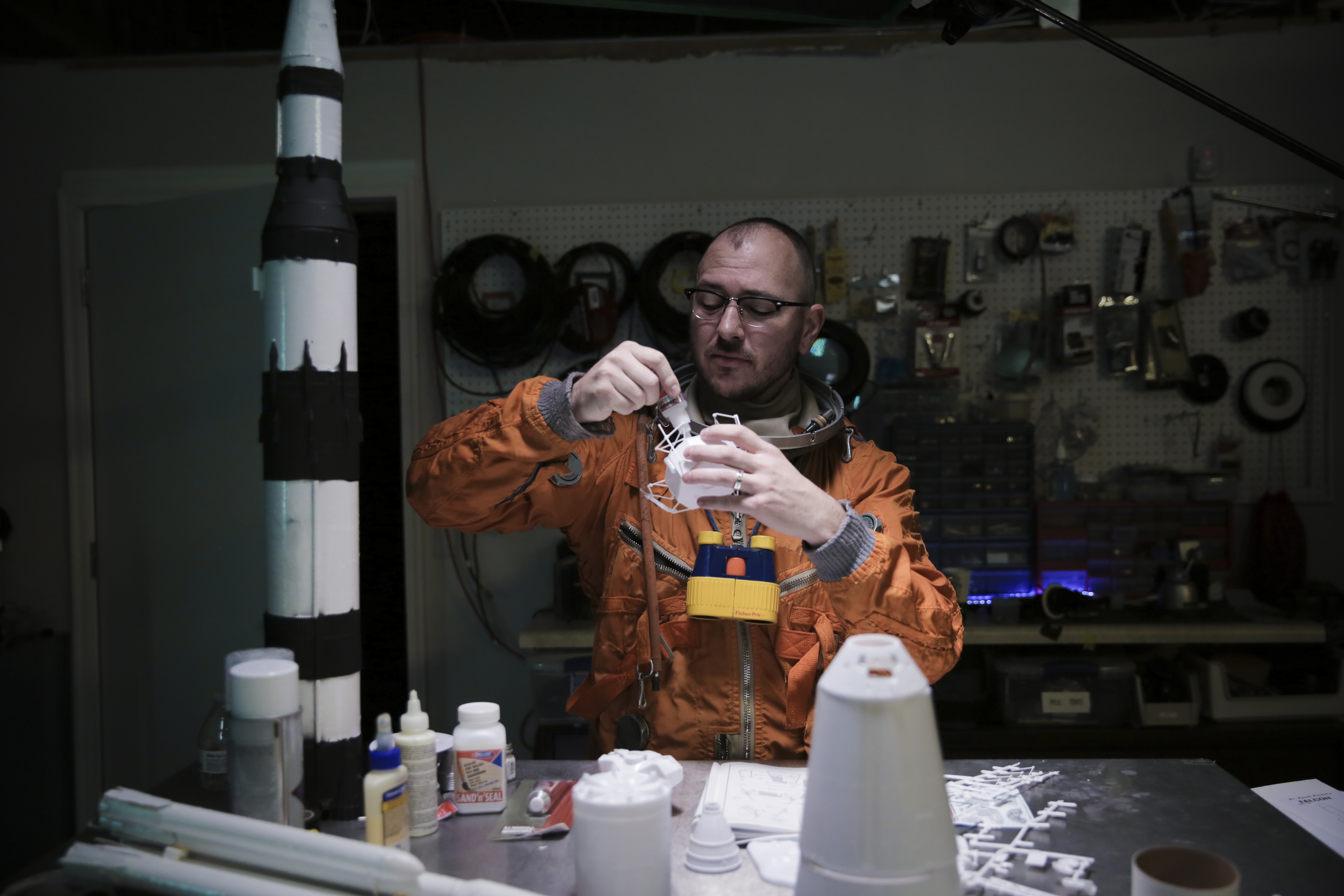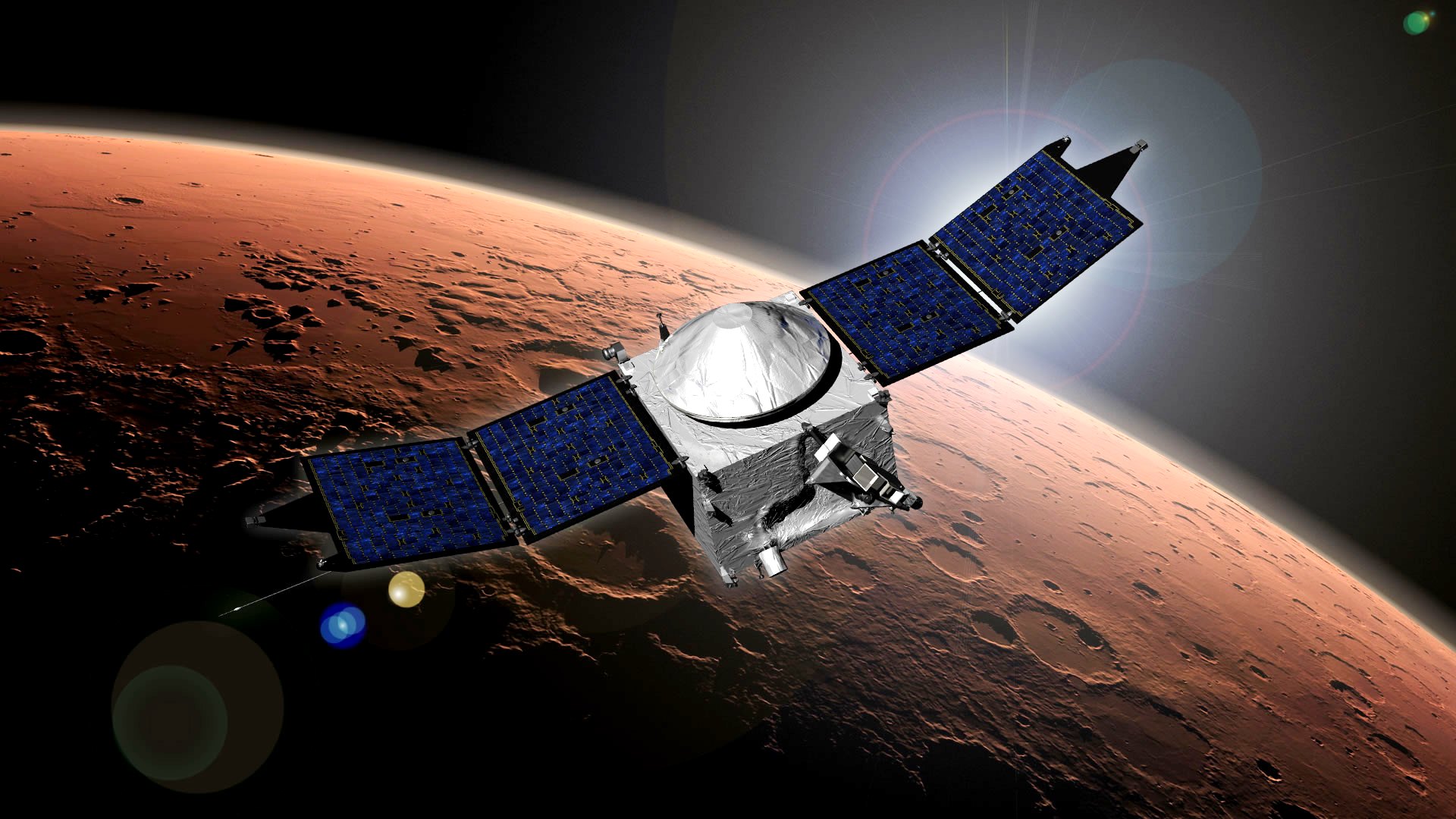Sound and Fury! New 'Everyday Astronaut' Episode Shows the Power of Rockets
Can powerful rocket launches be loud enough to harm your hearing and your body if you get too close? The "Everyday Astronaut" shows viewers rocket launches so loud that they will make your hair stand on end.
The third episode of the Facebook Watch series "Spacing Out with the Everyday Astronaut," which was posted today (May 25), illustrates the power of rockets and looks at how to keep the spacecraft inside them sheltered during the loudest moments of launch.
Near the episode's beginning, a 1960s-era Saturn V rocket is shown lifting off from Kennedy Space Center in Florida. Similar rockets once brought astronauts all the way to the moon, also carrying a delicate, spider-looking lunar lander inside. "Forget all the awesomeness coming out of the Saturn V's F1 rocket engines. I'm talking about surviving the sound," host Tim Dodd says. "How do spacecraft survive the powerful and destructive sound waves from rocket launches?" [10 Surprising Facts About NASA's Mighty Saturn V Moon Rocket]
The answer is water — a lot of it. As Dodd explains in the episode, NASA has water tanks near some of its launchpads that together can hold 800,000 gallons (3 million liters) of water. When released to flood a launch pad, the vibrating water molecules absorb the energy of the sound and convert it to heat, which helps to prevent damage.
You can watch the new episode on Space.com's Facebook page. (Space.com is a partner on the show, which is produced by Jupiter Entertainment and MadWest Content.)
During the 12-minute episode, which shows several rocket launches, Dodd experiences the power of a SpaceX Falcon 9 launch for himself. He talks with a Kennedy Space Center Visitor Complex guide about how sound suppression works, and then experiences the high-decibel blasts of a sound system inside a souped-up car. Watch for what happens when a simplified water-suppression system is used to suppress the car speaker sound. Will it work? The "bass heads" joining him are skeptical, but how can they argue with science?
The first episode of "Spacing Out," which was posted on May 4, showed Dodd attempting to do a simulated "Marswalk" on Earth, with the help of balloons that would help him be as light as he would be on the Red Planet's surface. (The gravitational pull of Mars is less than 40 percent the strength of Earth's.) Then, on May 19, Dodd tackled how SpaceX sends its rocket stages back to Earth safely.
Breaking space news, the latest updates on rocket launches, skywatching events and more!
Two more "Spacing Out" episodes are expected in the series, which should conclude around mid-July. Visit Spacing Out with the Everyday Astronaut on Facebook for more information on the series.
Follow us @Spacedotcom, Facebook and Google+. Original article on Space.com.

Elizabeth Howell (she/her), Ph.D., was a staff writer in the spaceflight channel between 2022 and 2024 specializing in Canadian space news. She was contributing writer for Space.com for 10 years from 2012 to 2024. Elizabeth's reporting includes multiple exclusives with the White House, leading world coverage about a lost-and-found space tomato on the International Space Station, witnessing five human spaceflight launches on two continents, flying parabolic, working inside a spacesuit, and participating in a simulated Mars mission. Her latest book, "Why Am I Taller?" (ECW Press, 2022) is co-written with astronaut Dave Williams.

